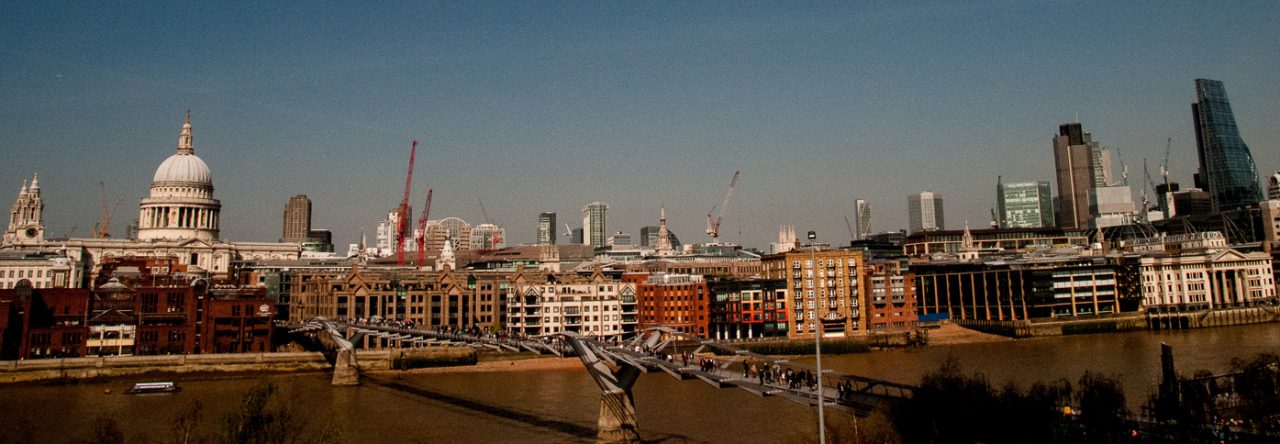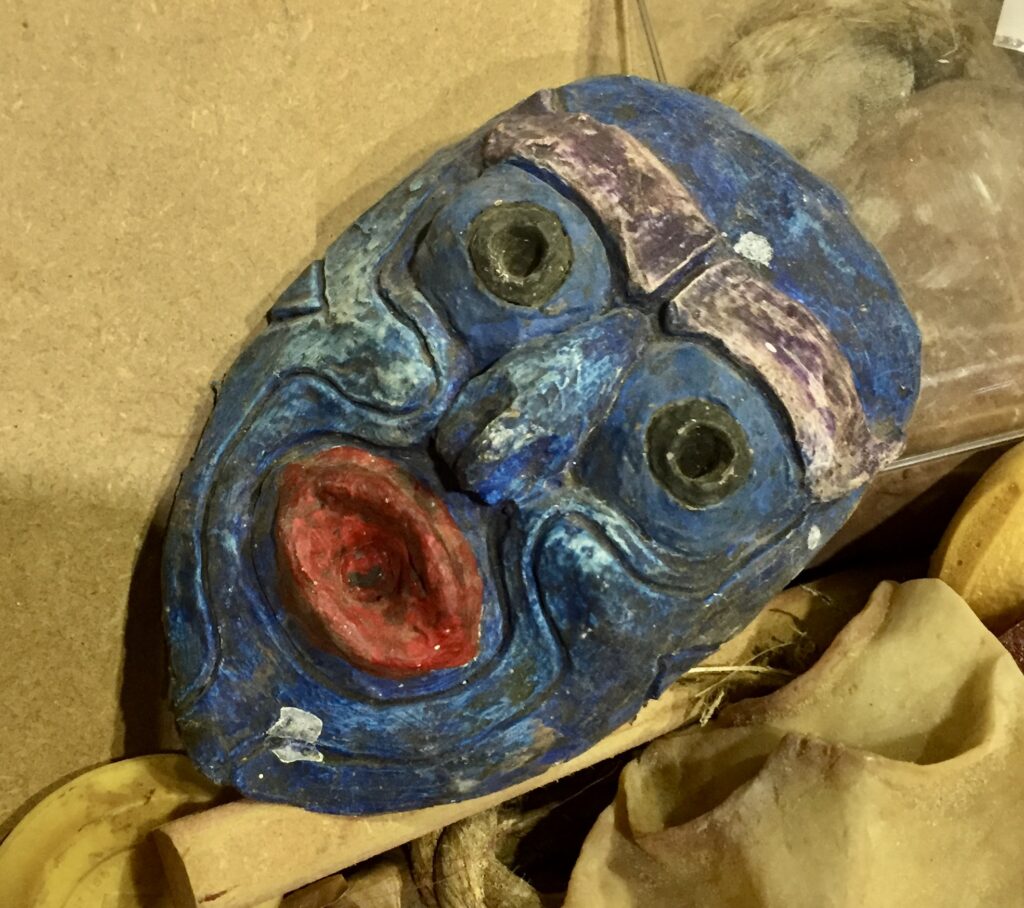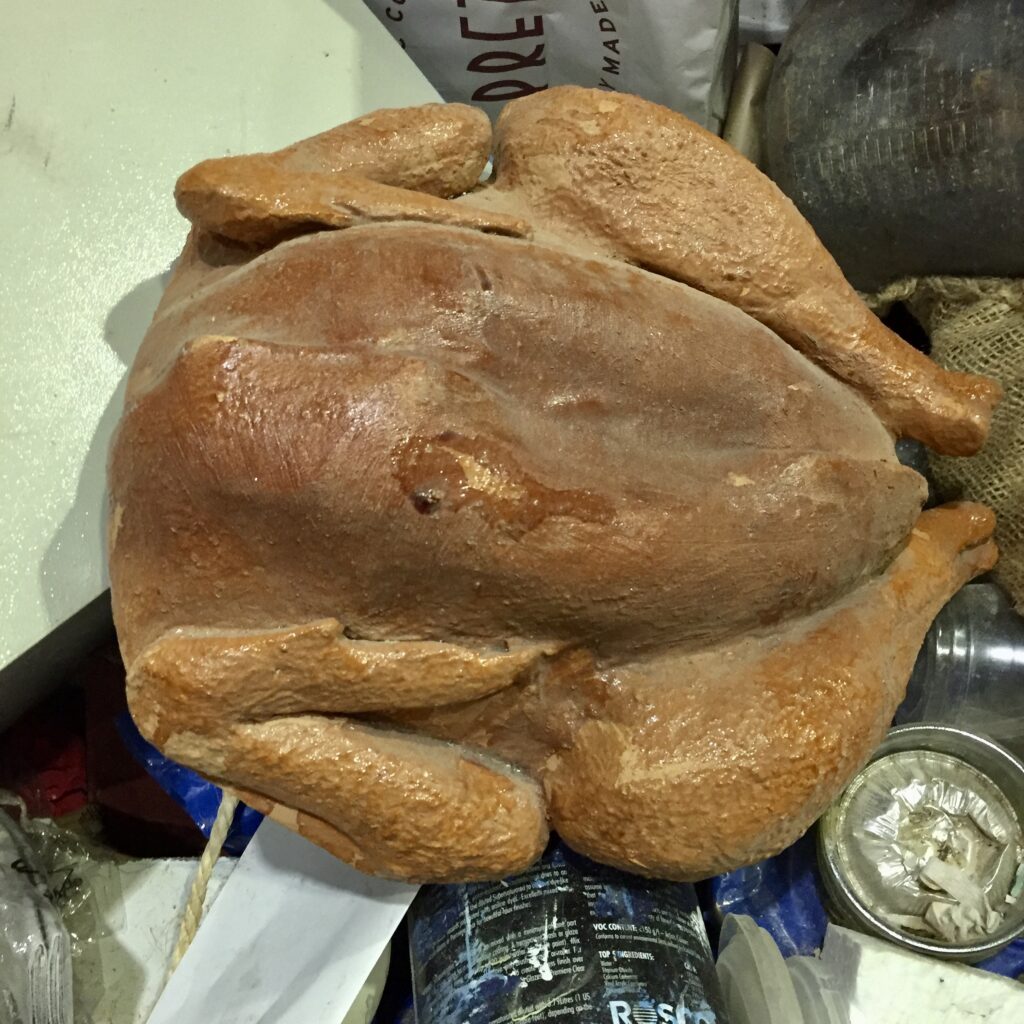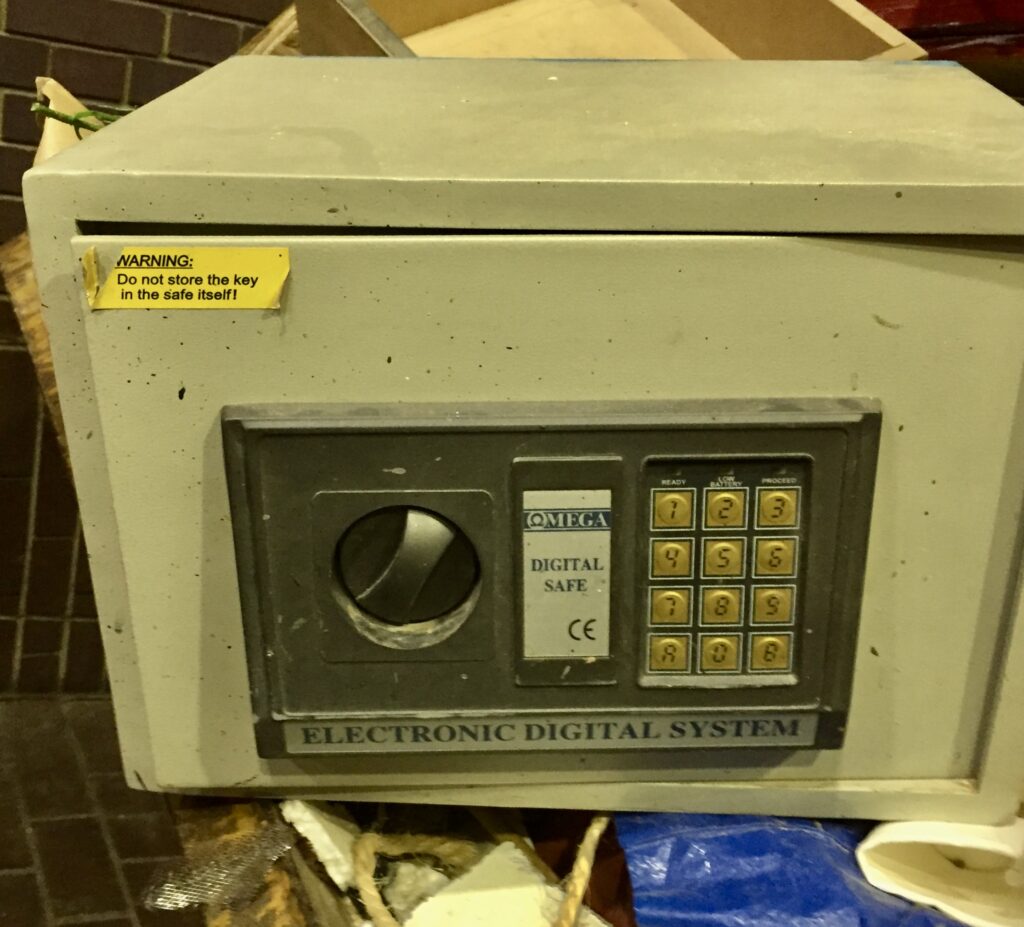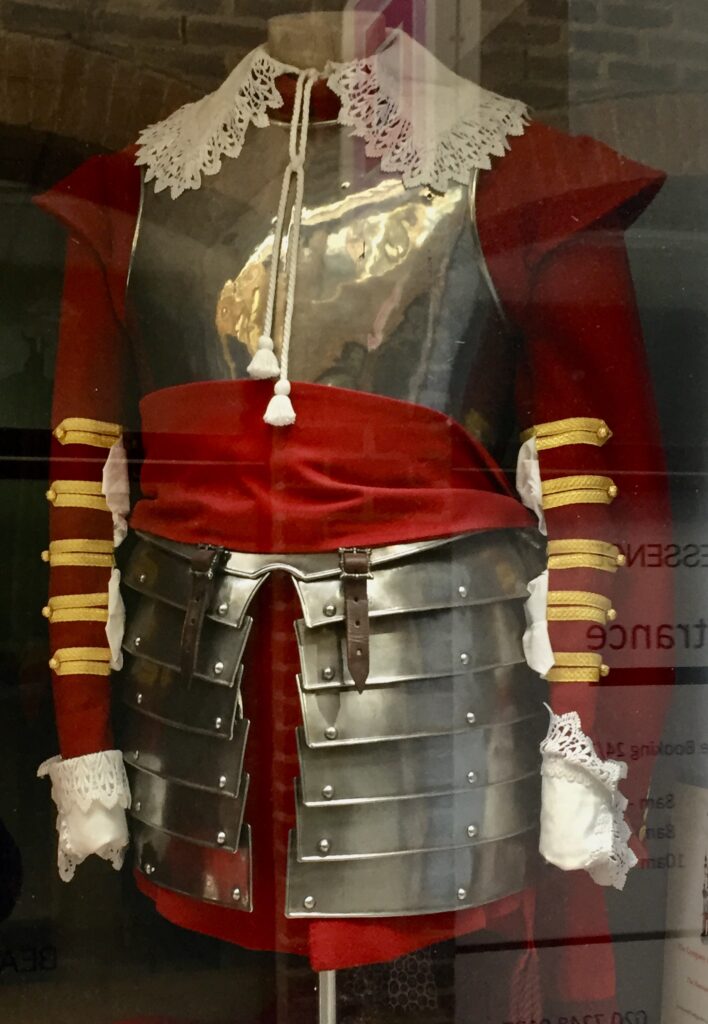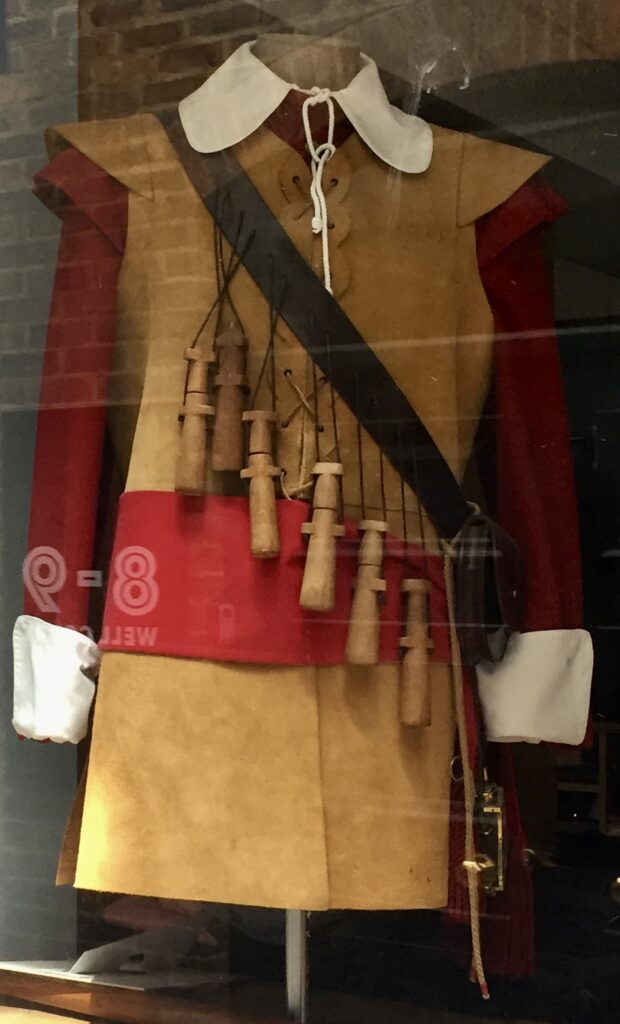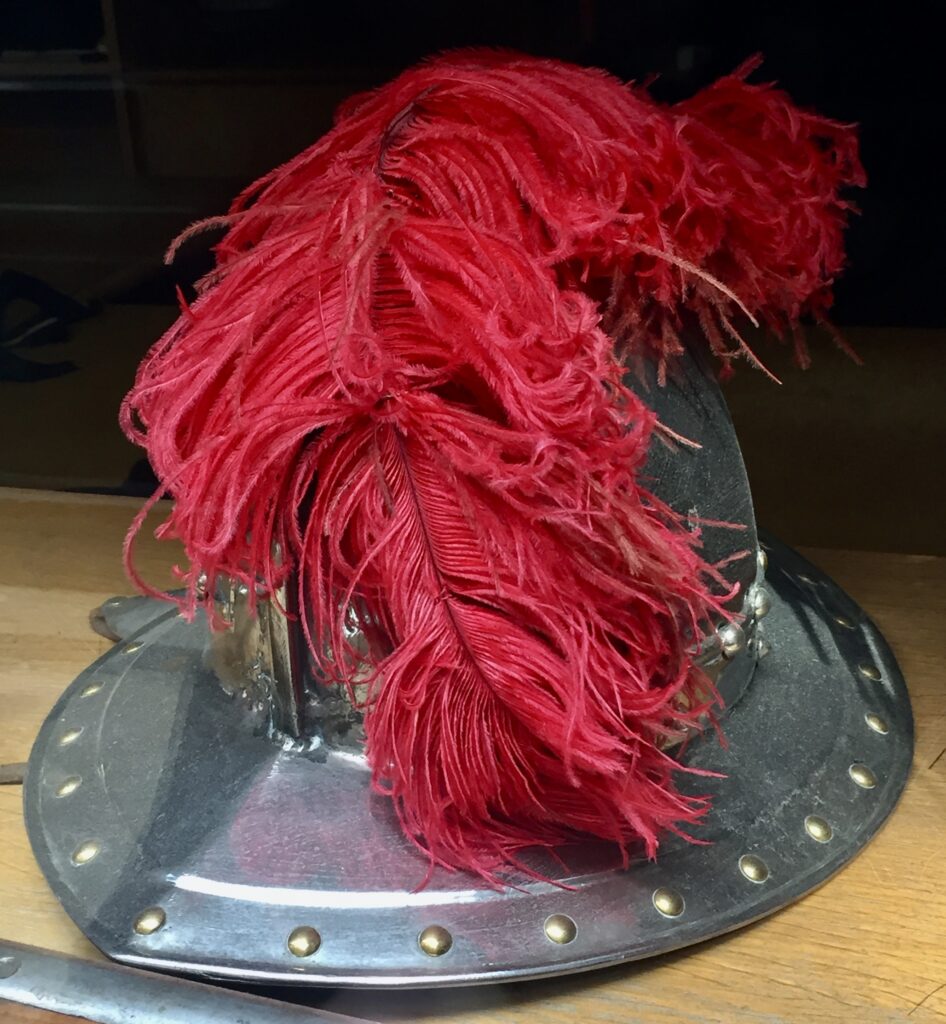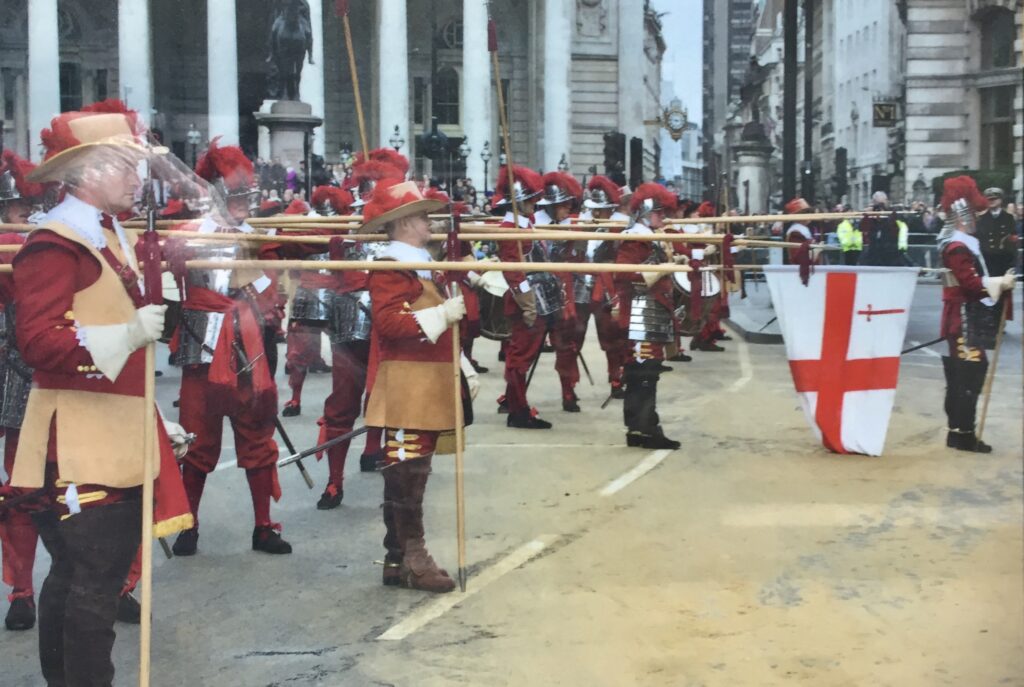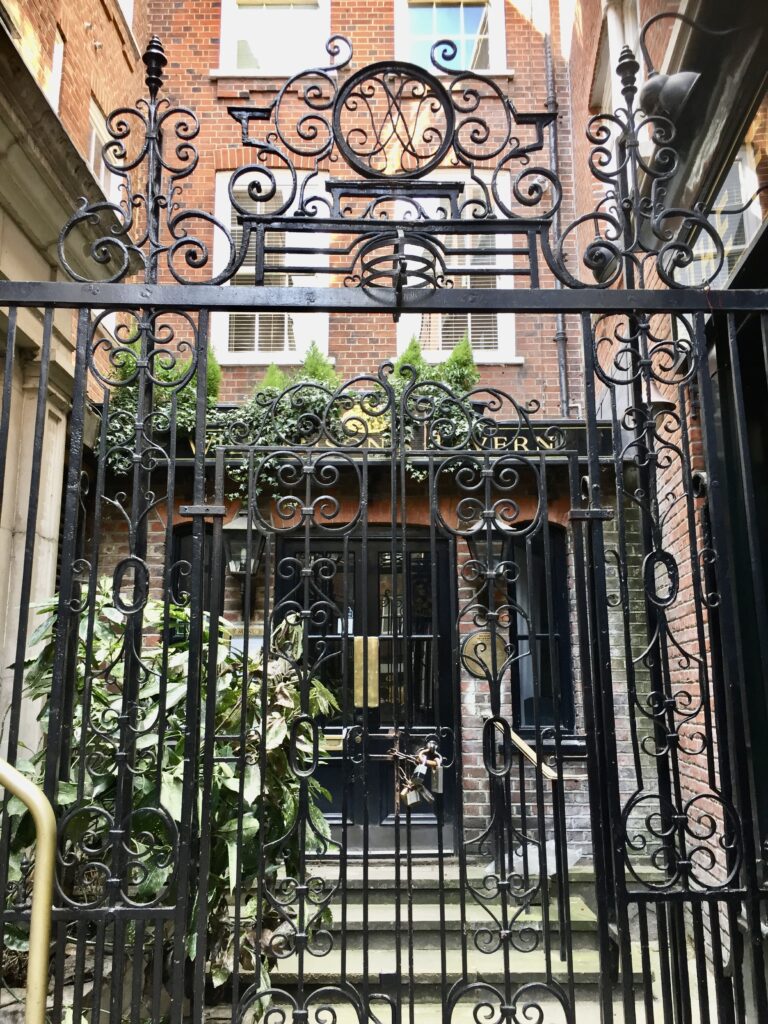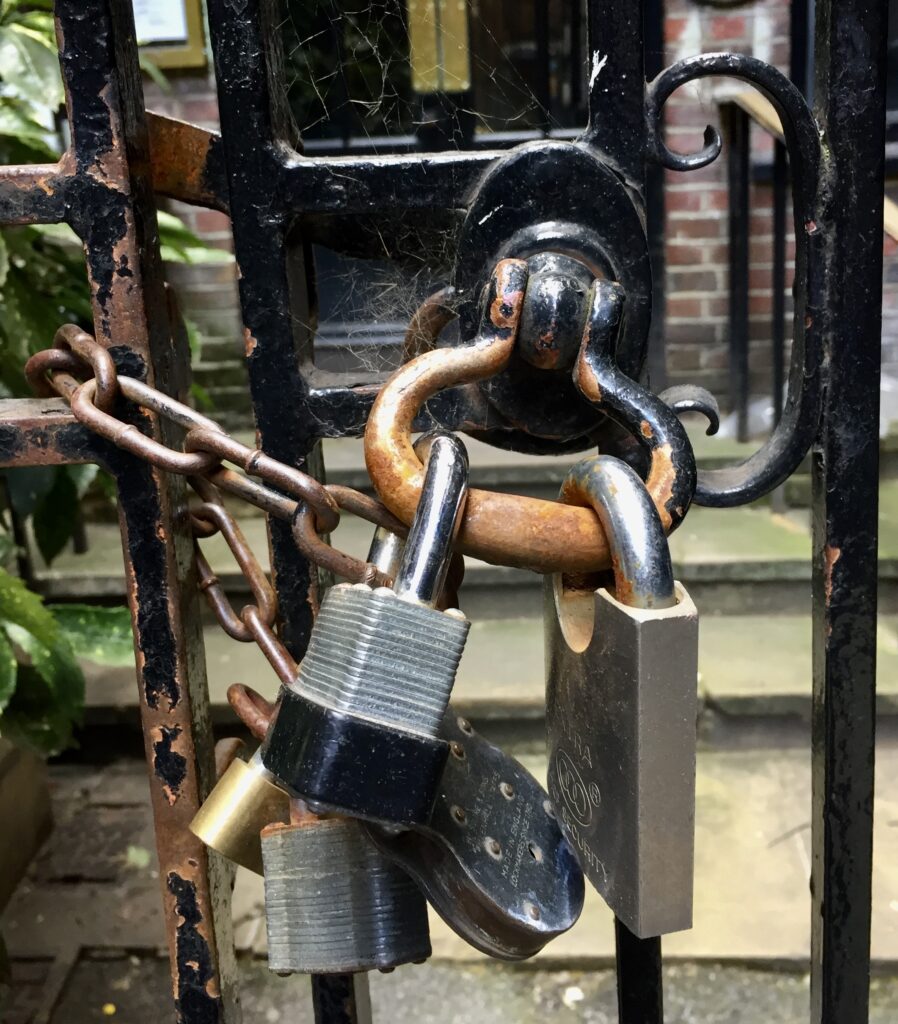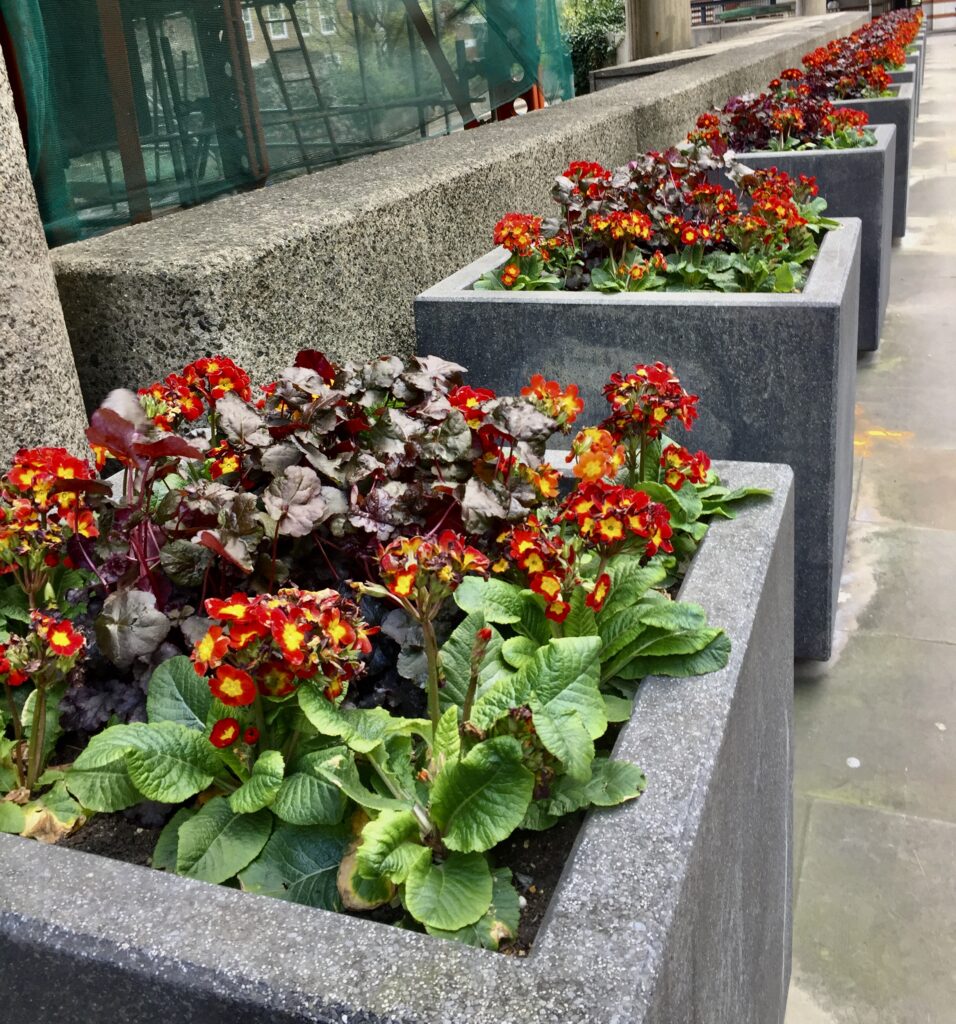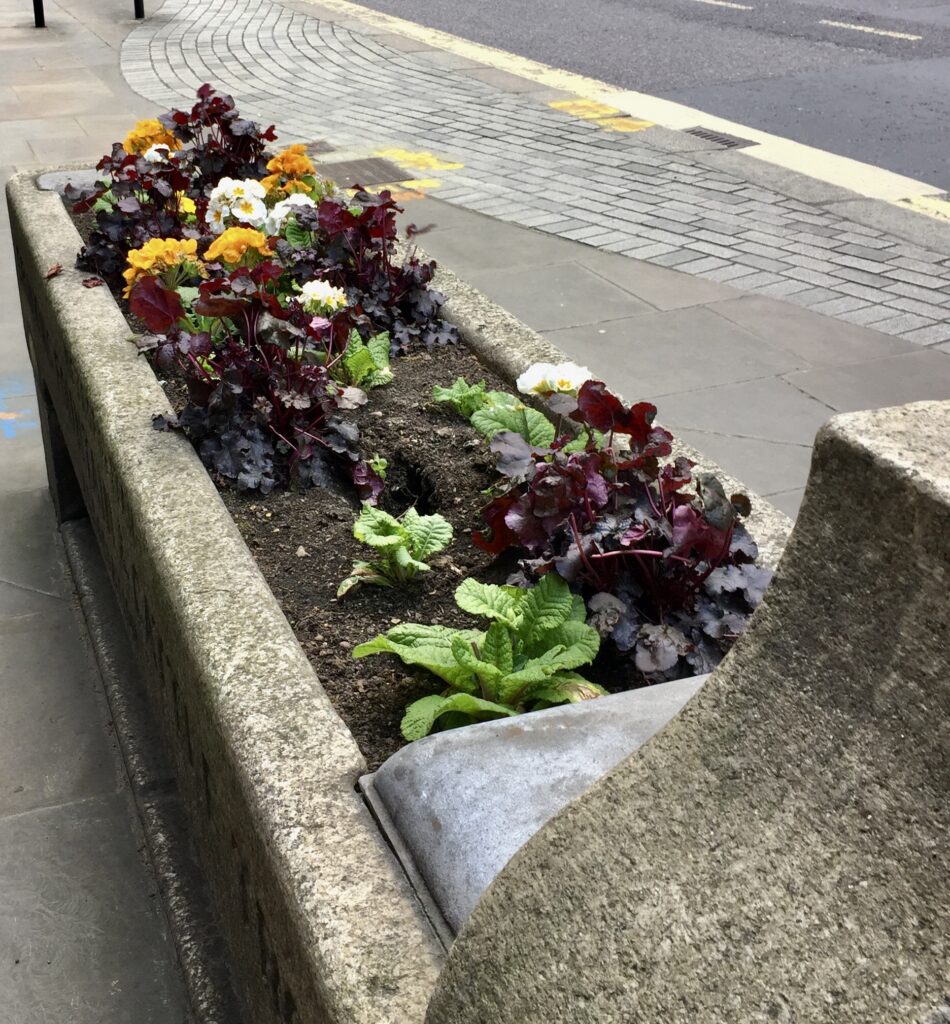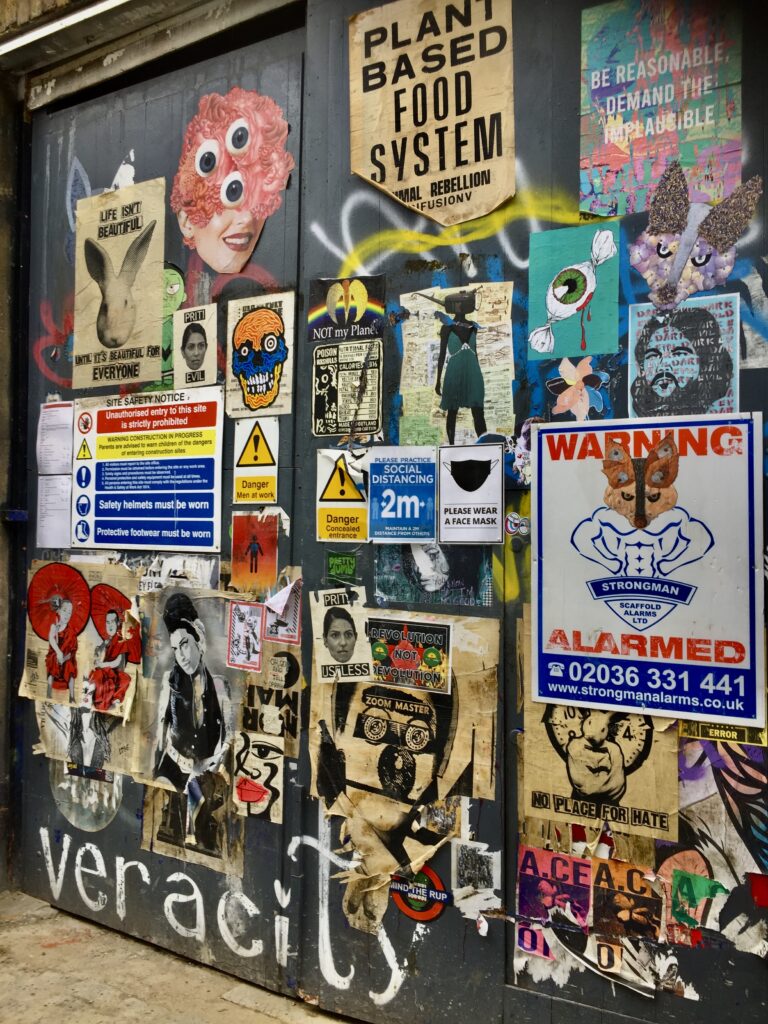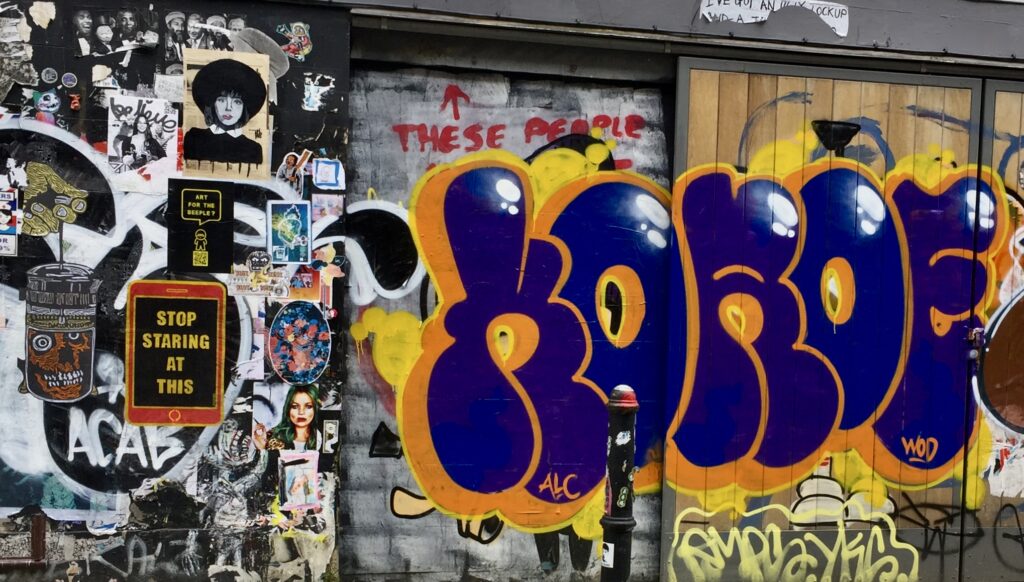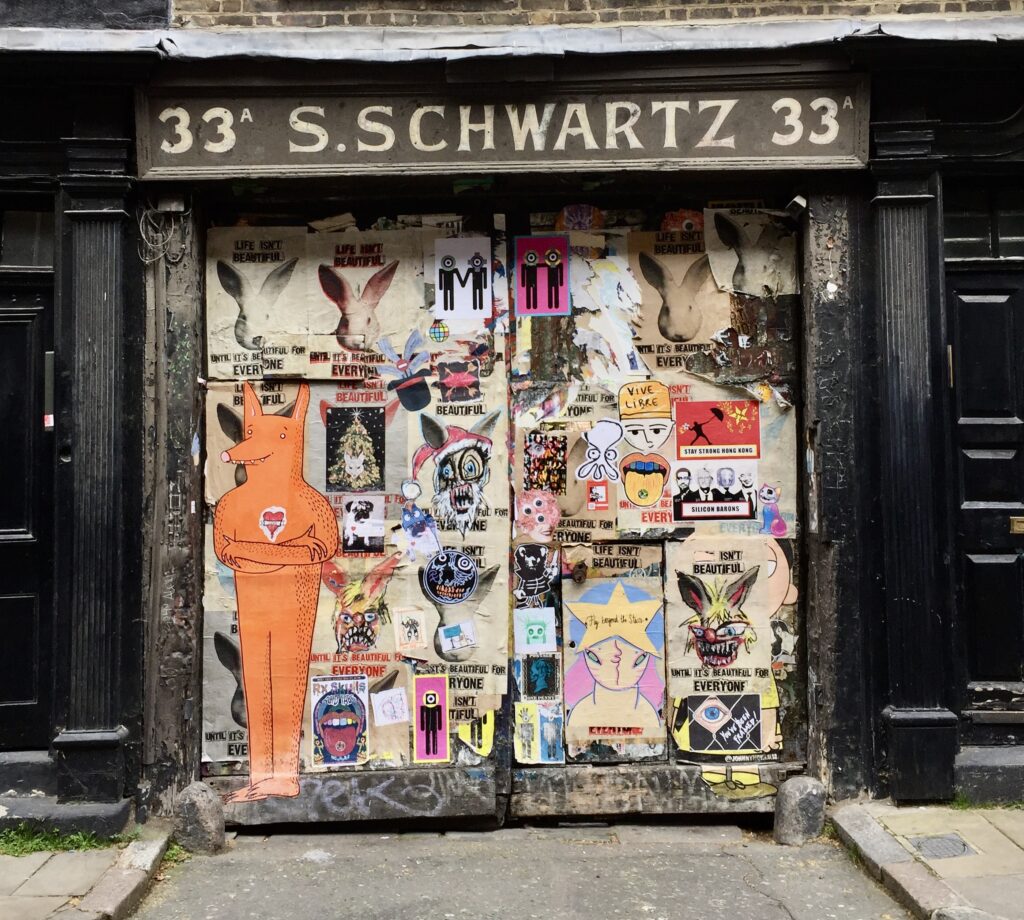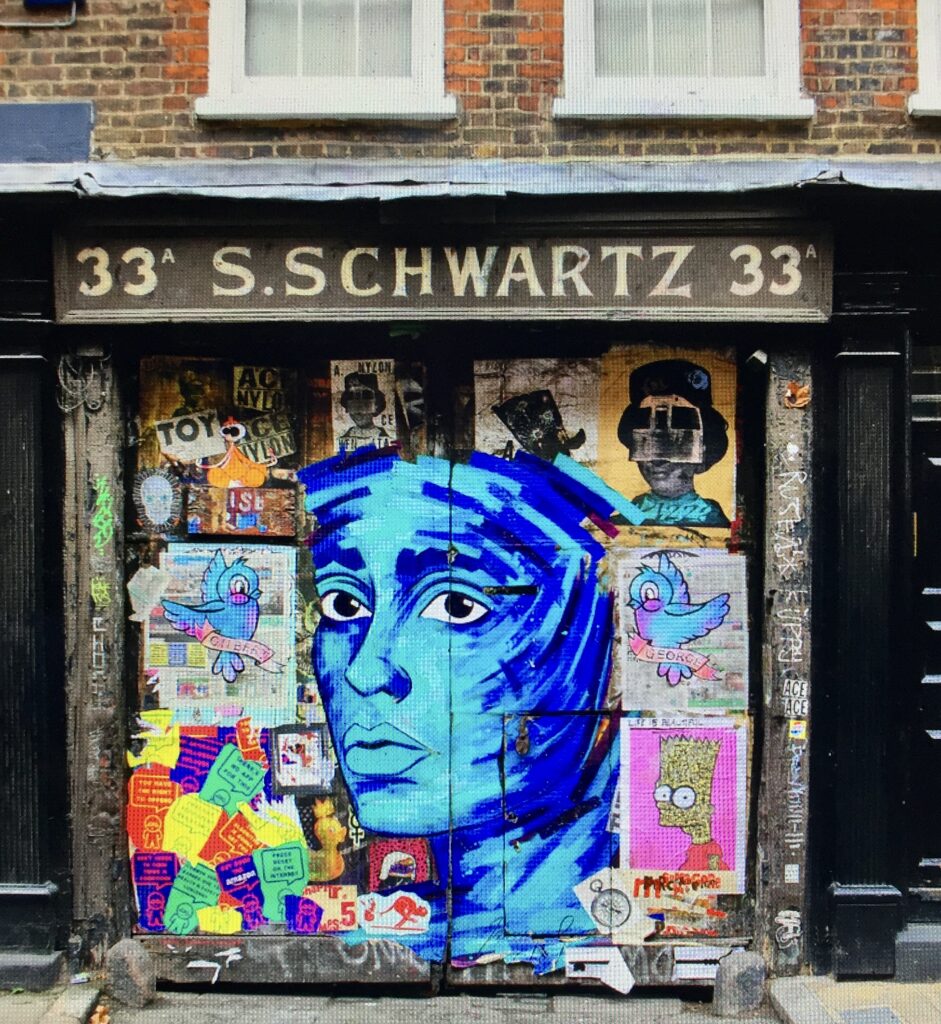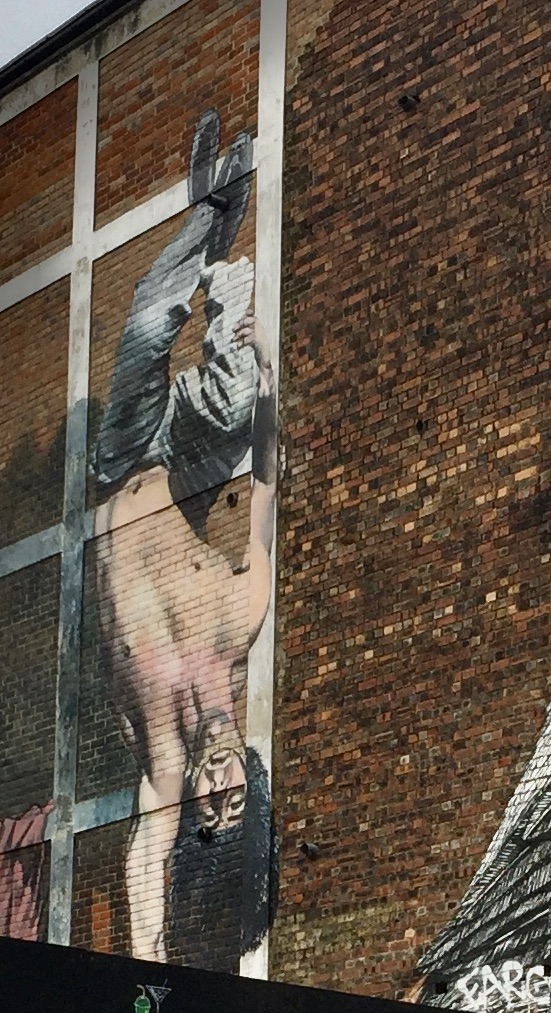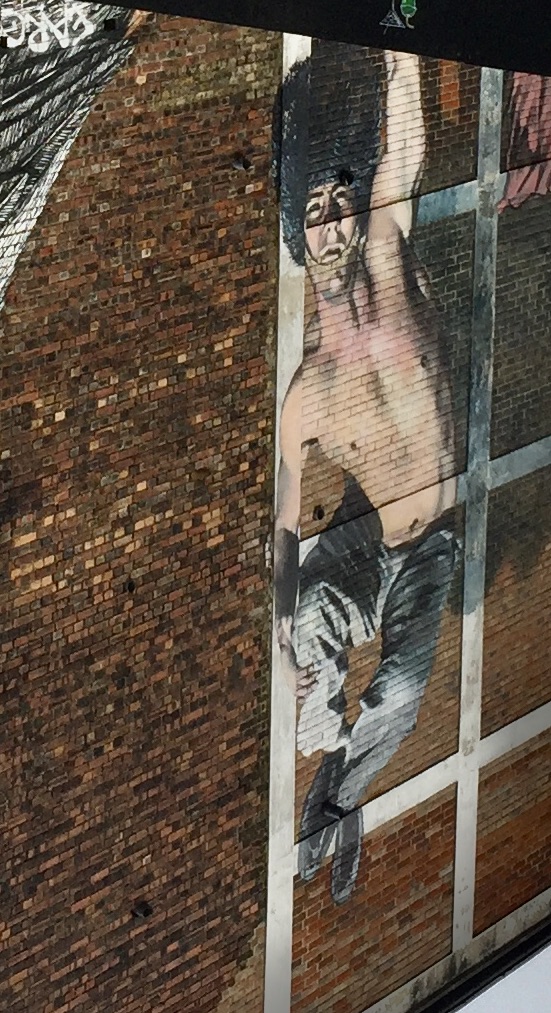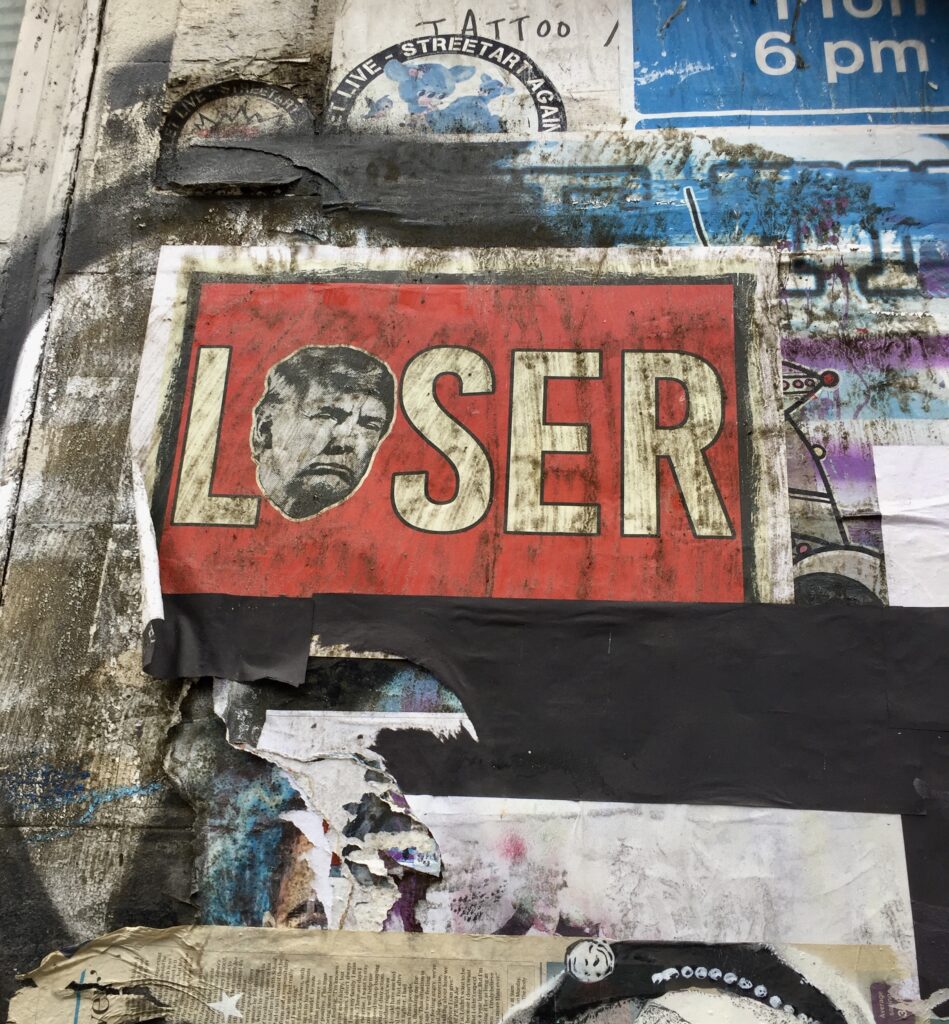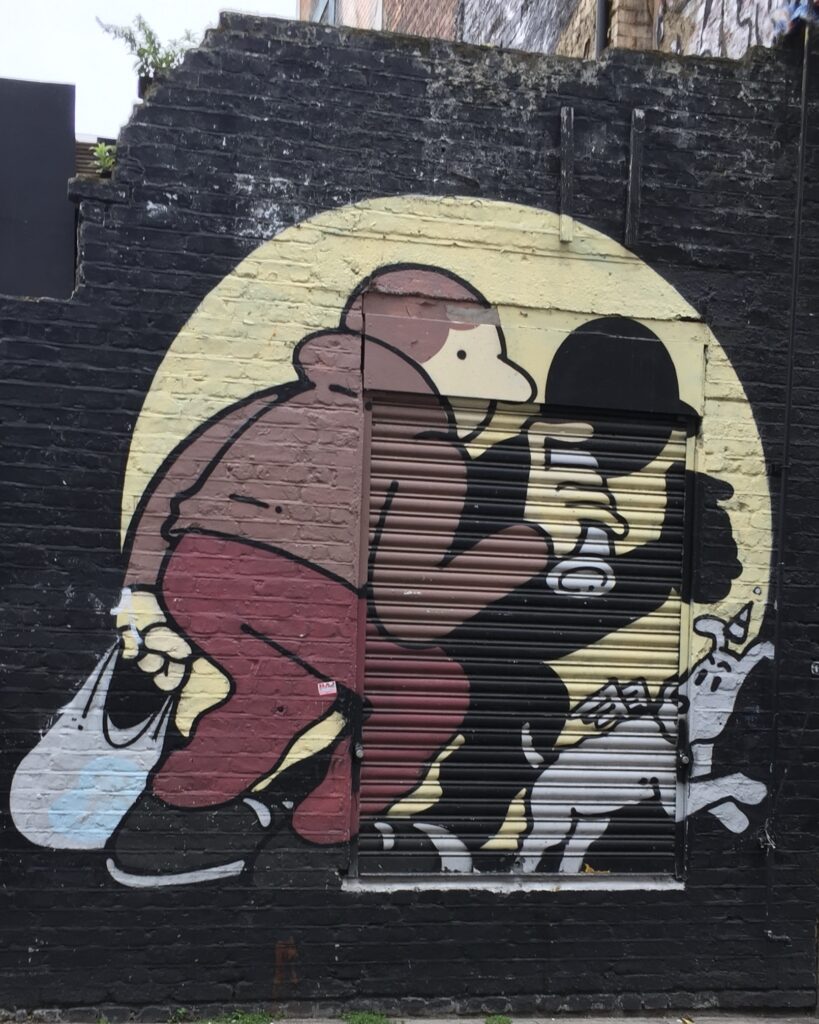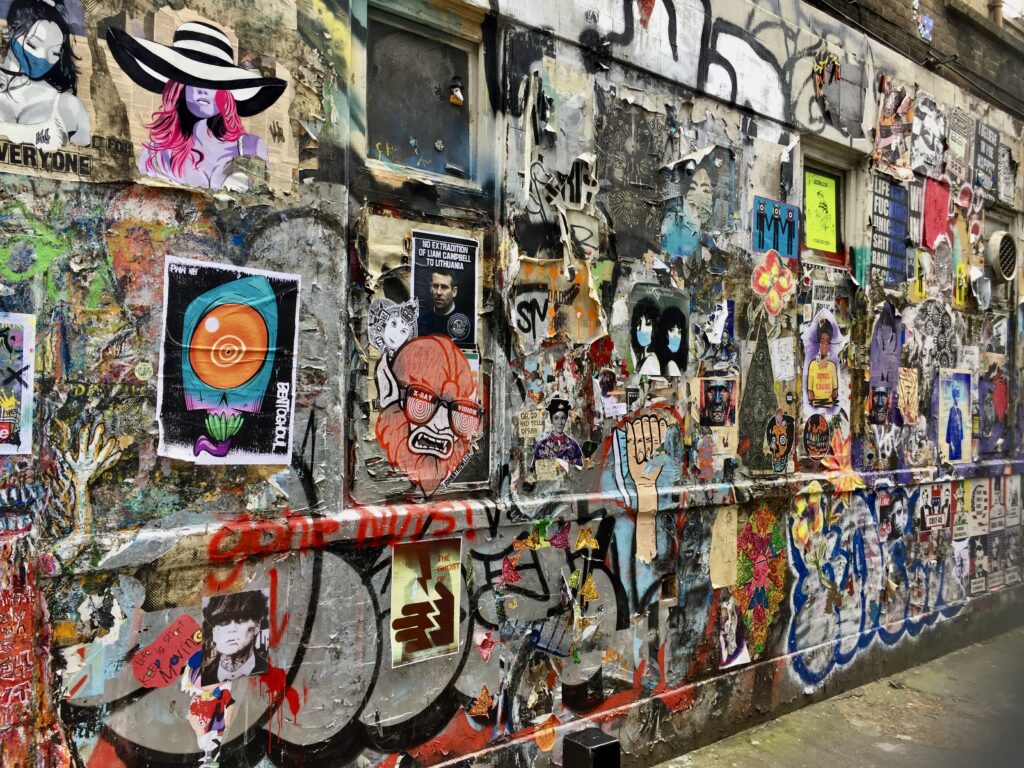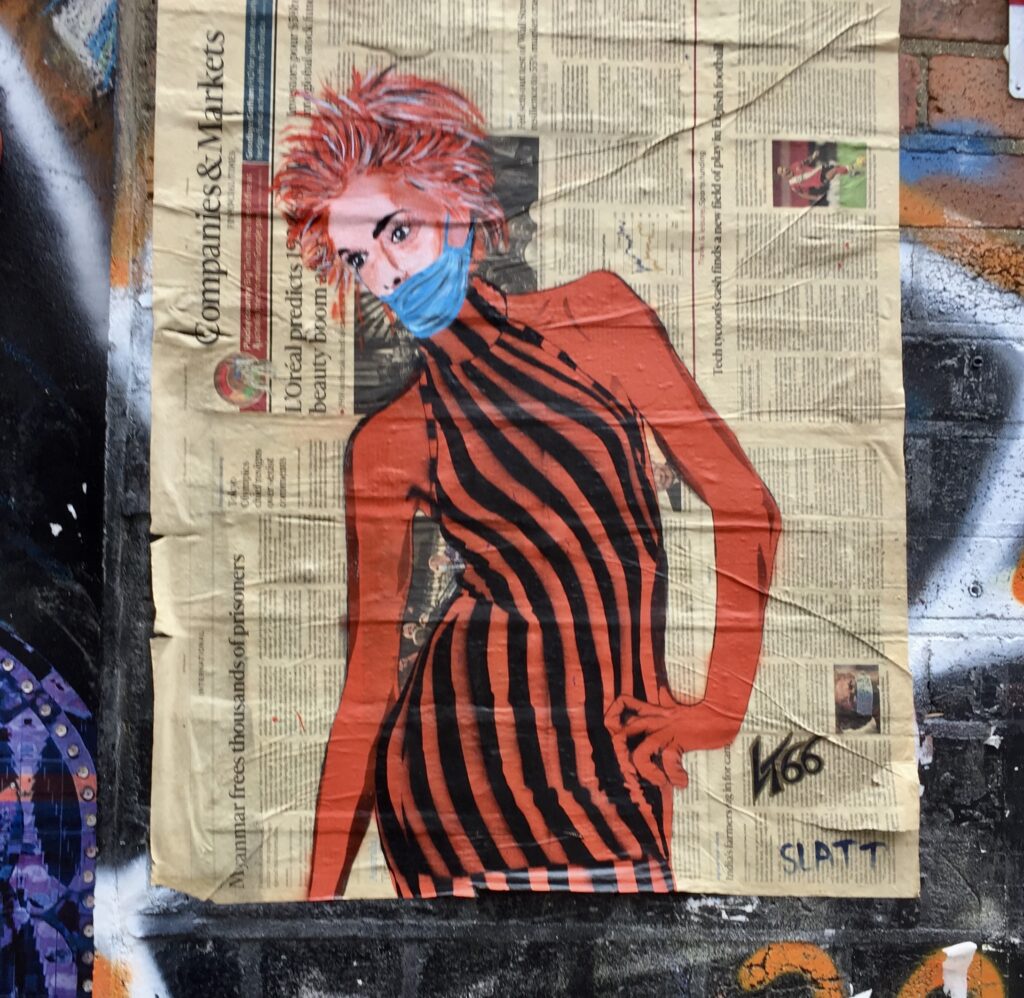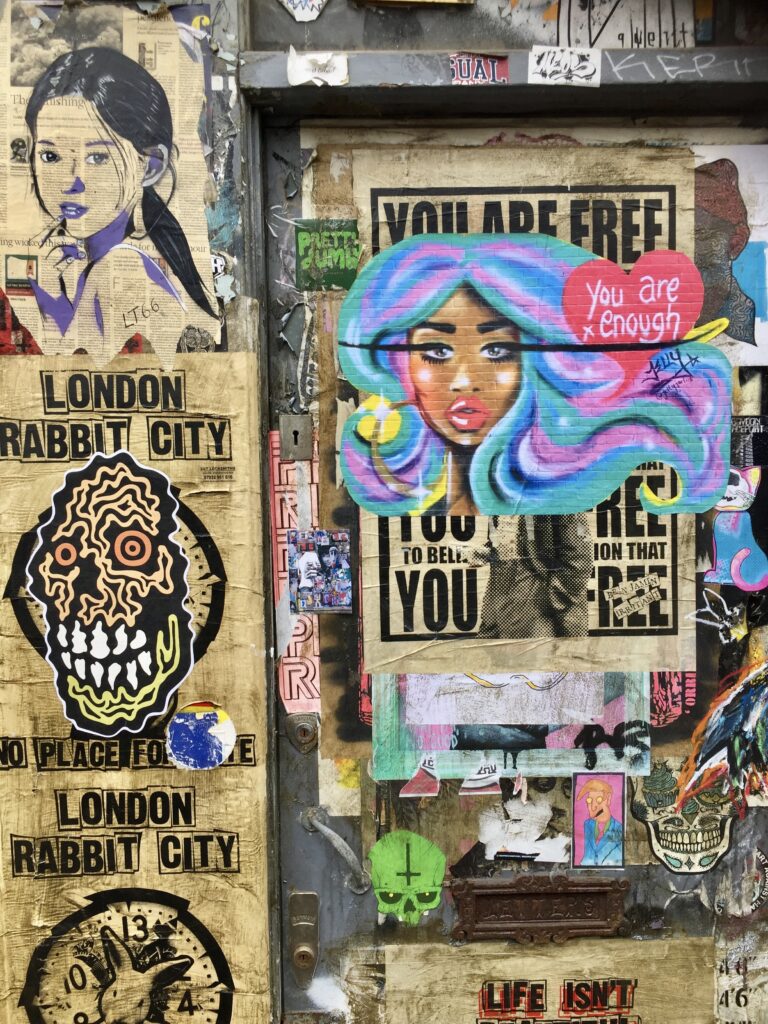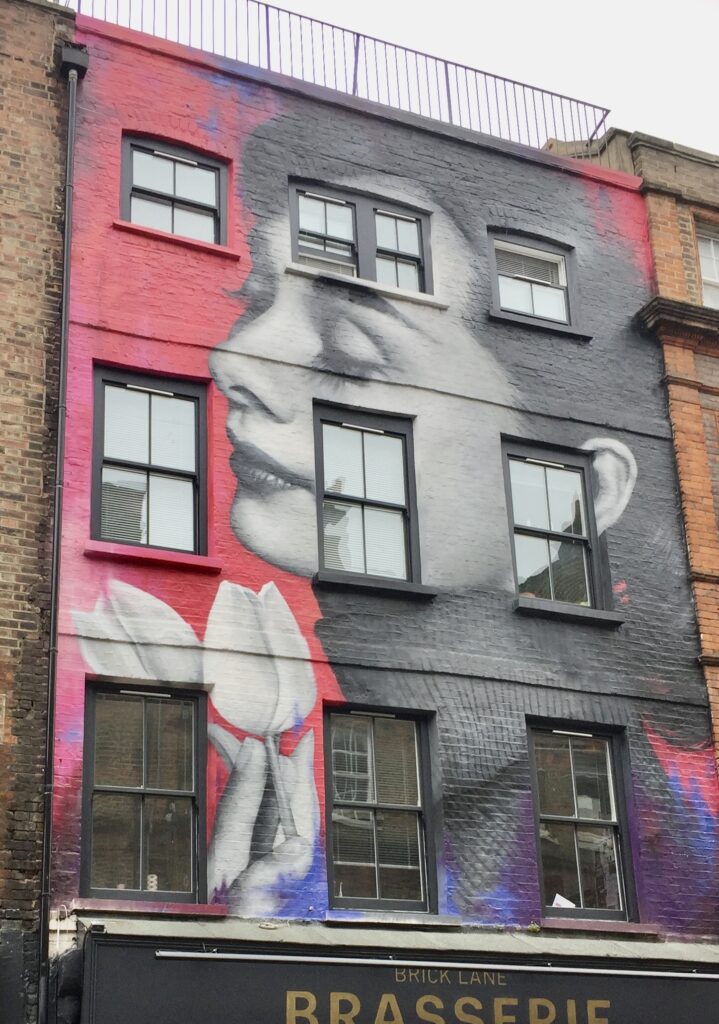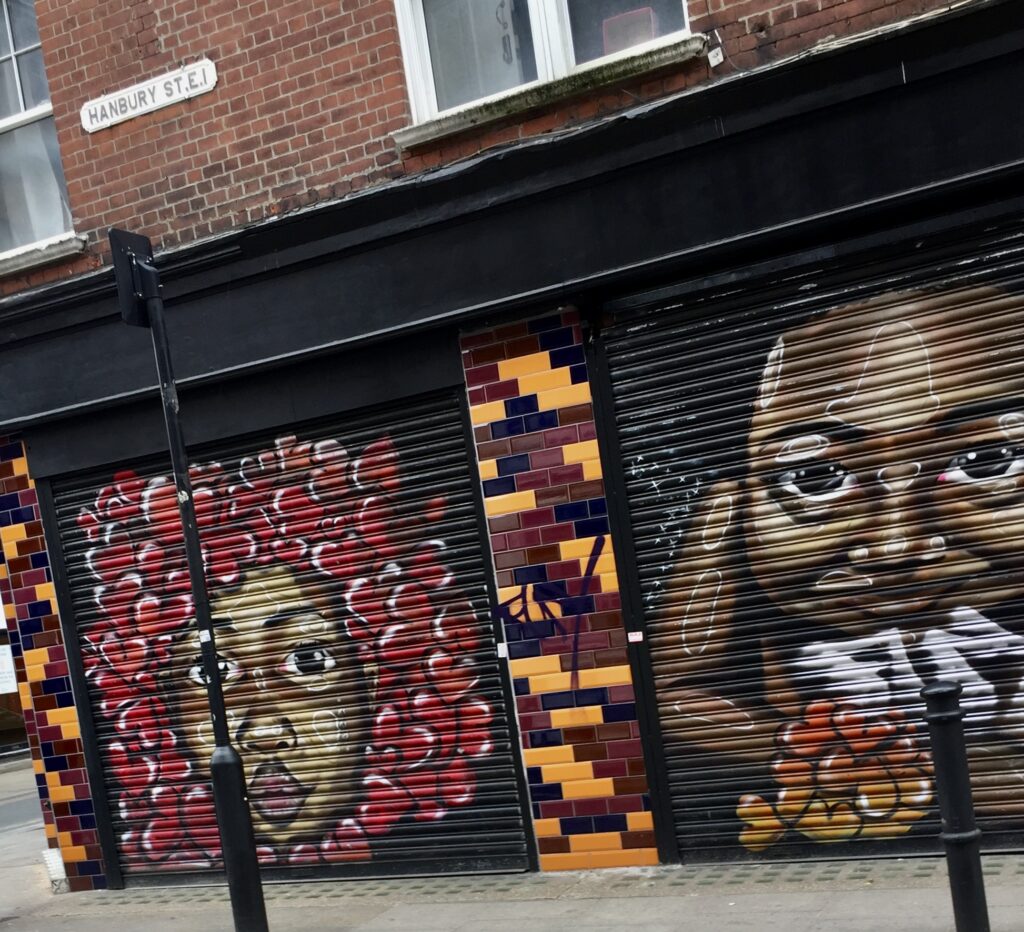Every now and then I head a short distance out of the City and look in at my favourite store – Hoxton Street Monster Supplies (N1 6PJ). A location hiding a fascinating and important secret which will be revealed later …

You know you are just about to visit somewhere special before you even go through the door. What kind of a place has a dispenser outside offering you free poems?
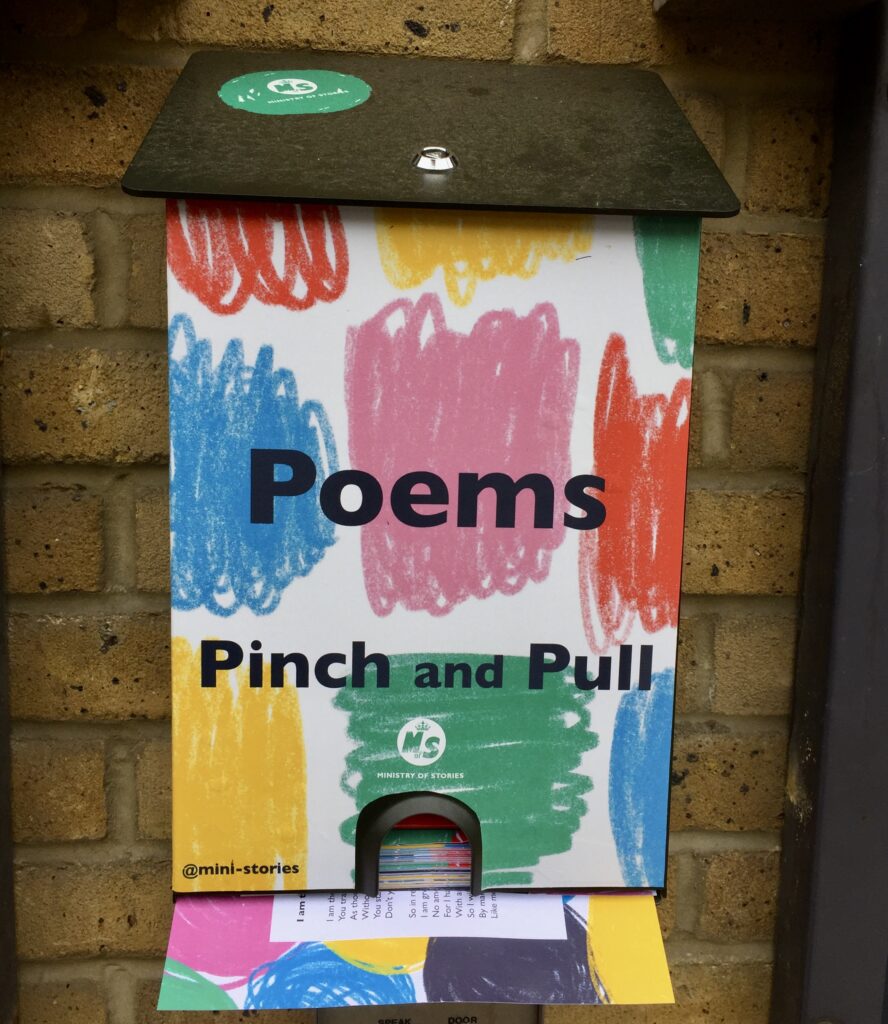
And what kind of creatures need this guidance to remind them of social distancing?
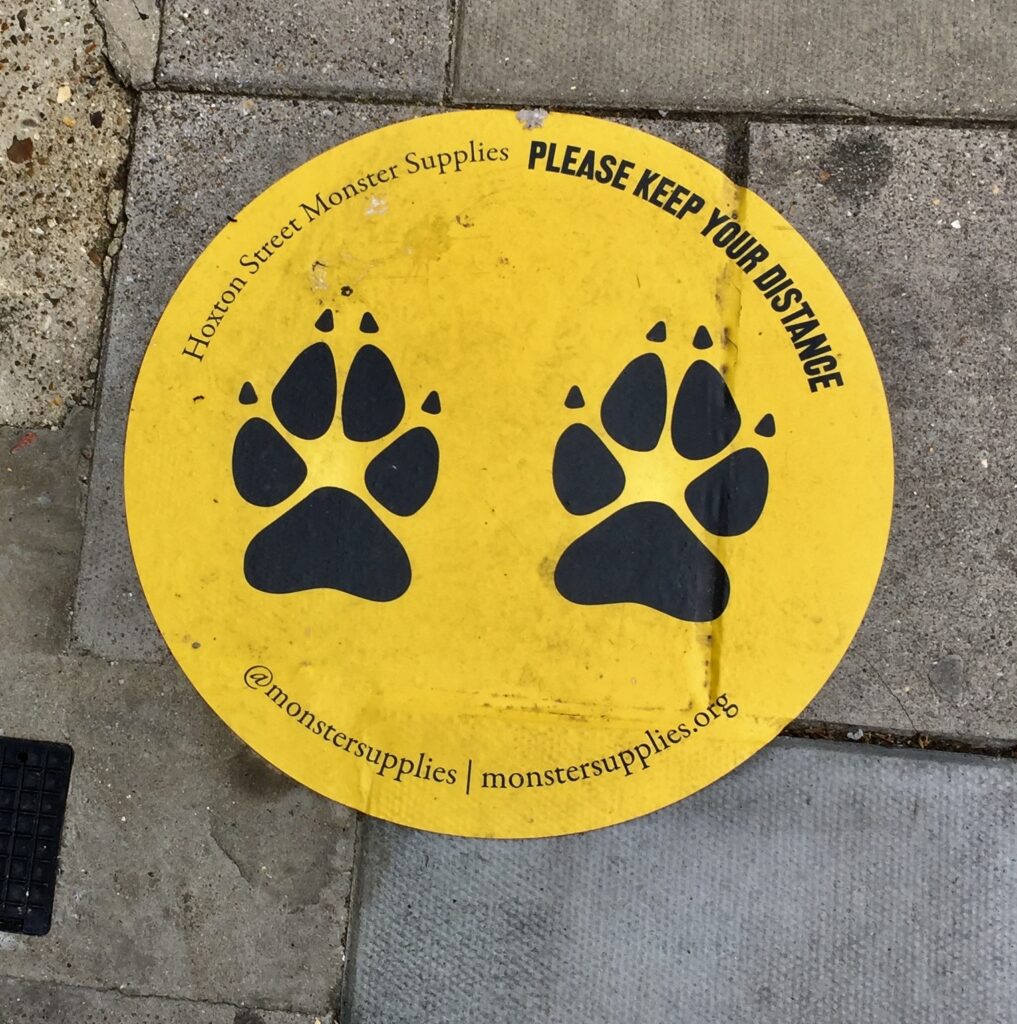

No need to worry about going in – they have the appropriate licences …
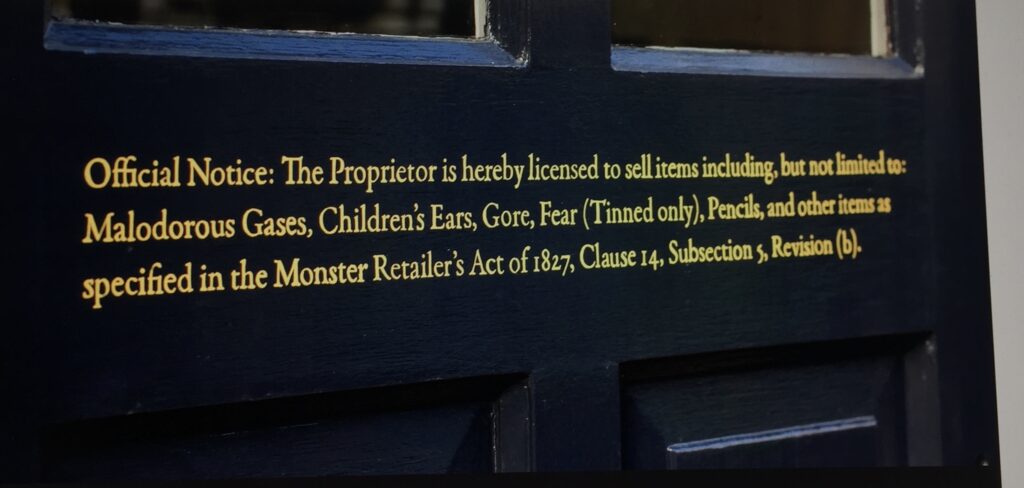
Glancing through the window, some of the merchandise looks decidedly … er … odd …

On the packed shelves inside you will find lots of items that will give pleasure to yourself and any monsters you know (both little and grown up). There are, for example …
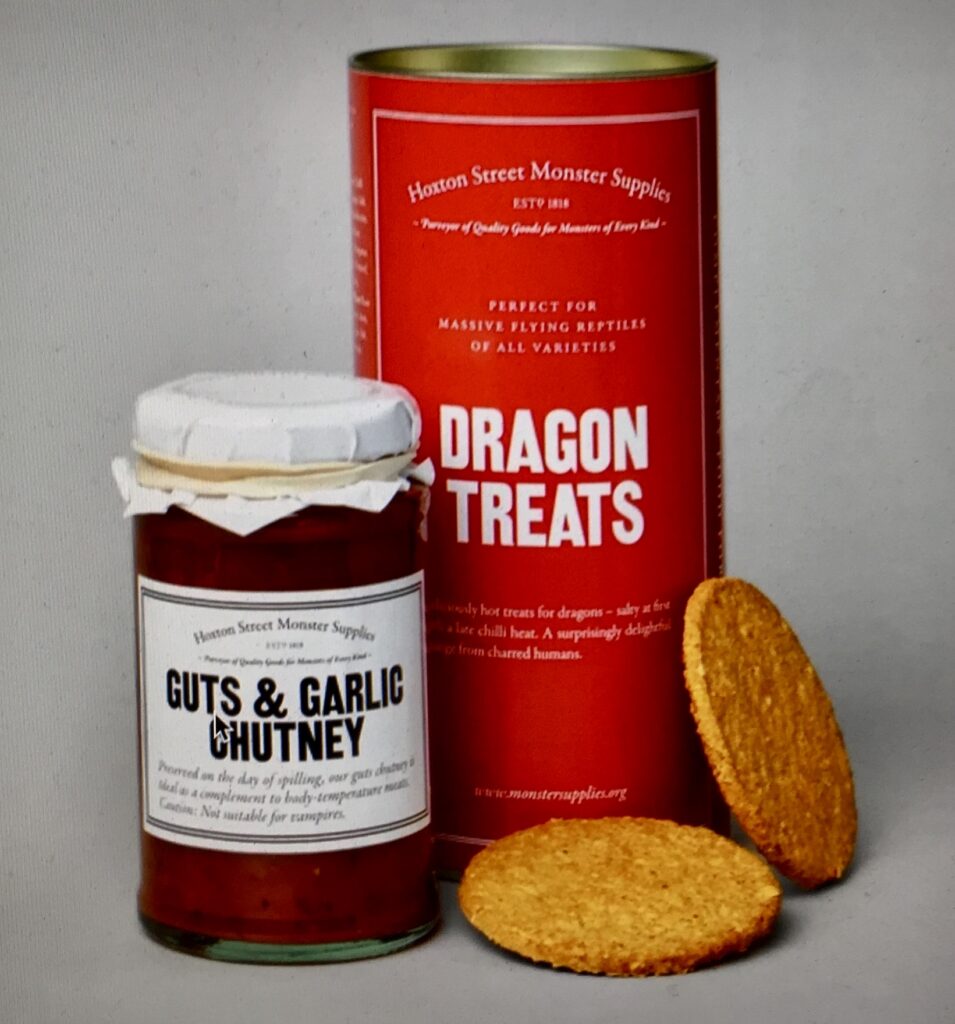
Even non-flying reptiles love Dragon Treats but caution is needed with the Guts and Garlic Chutney – as the label warns, it is definitely not suitable for vampires.
Originally made for Banshees, these Banshee Balls have brought soothing relief to humans too …

These days sensible monsters regularly sanitise …

Even if you didn’t enter the shop with a vague sense of unease, you can leave with one …
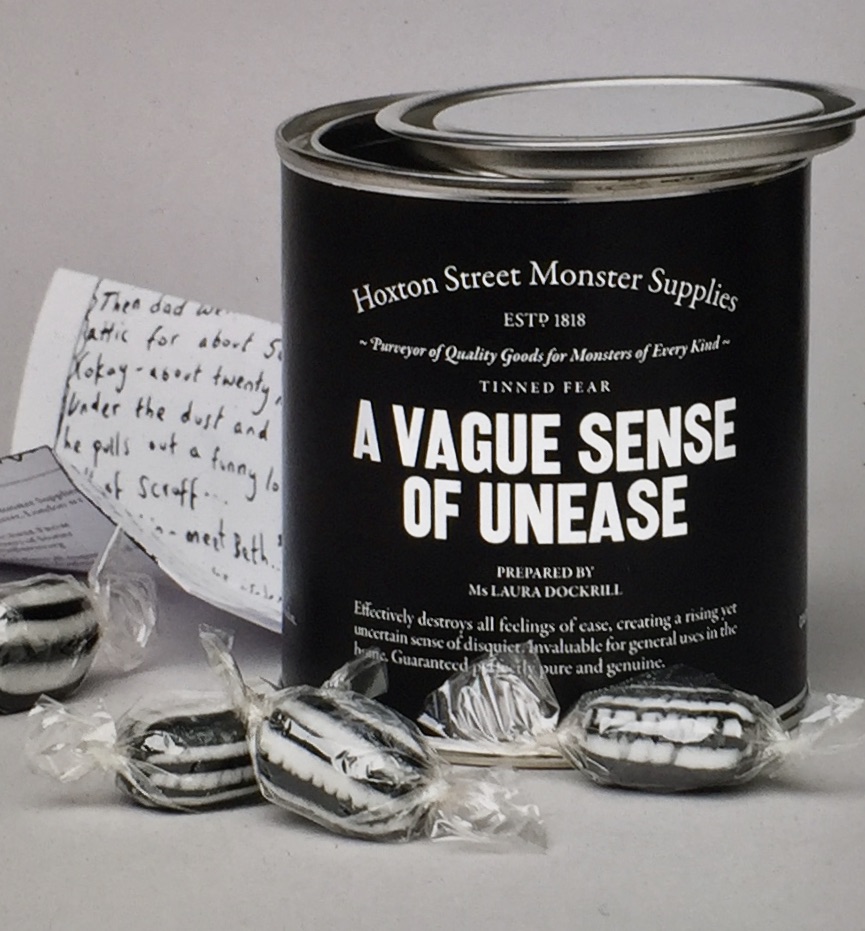
A notice at the counter gives a clue as to what this very special place is all about …
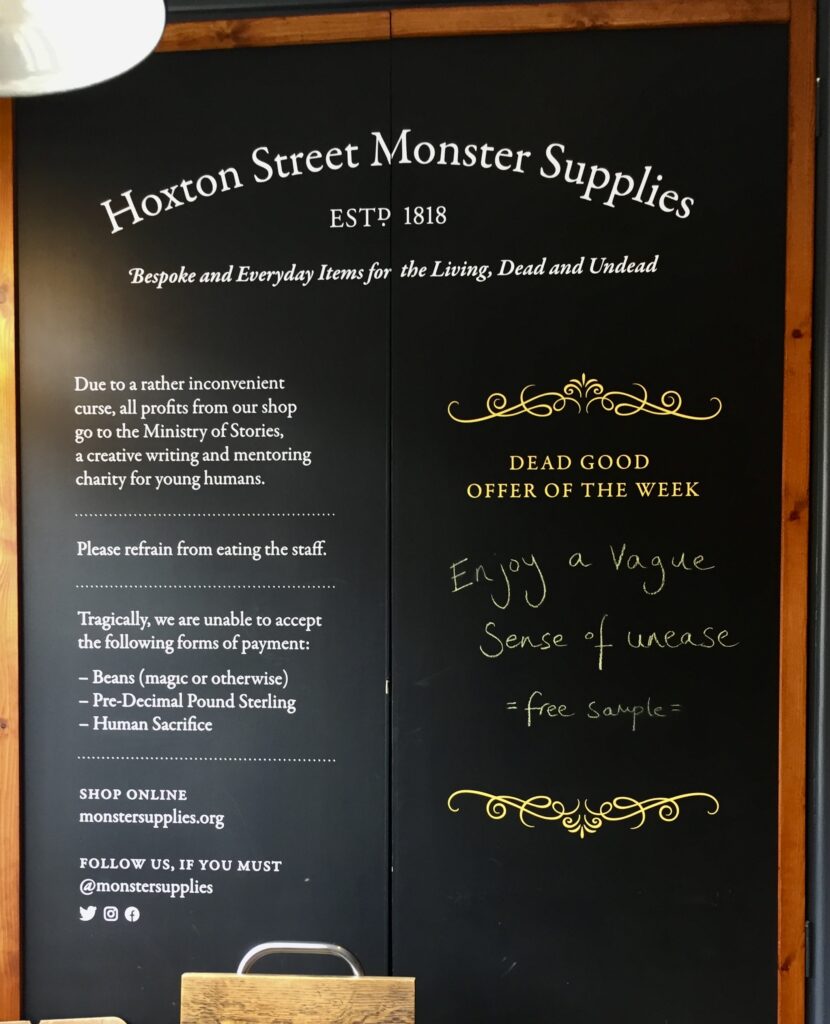
Behind a secret, cunningly camouflaged door, wonderful things happen (staff will grudgingly show you the door if you promise not to eat them when they emerge from behind the counter).
The shop supports the fantastic work undertaken by my favourite charity, The Ministry of Stories. Co-founded by author Nick Hornby in 2010, the charity’s mission is to develop self-respect and communication skills through innovative writing programmes and one-to-one mentoring. Its clients are children living in under-resourced communities and its work is conducted both in schools and at the dedicated writing centre behind the secret door in the shop.
Do read more on their fascinating website : https://ministryofstories.org/
I have seen some of the results of their work and it has been absolutely extraordinary. They are literally changing children’s lives for the better. If you like what you see maybe you will be kind enough to make a donation – all charities have been finding the last year difficult.
Or, visit the shop and stock up on unusual treats.
Opening times are:
- Thursday 1pm-5pm
- Friday 1pm-5pm
- Saturday 11am-5pm
- Closed Sun-Wed
The website will give you much more information : https://www.monstersupplies.org/pages/about-us
‘Hoxton Street Monster Supplies was recently voted ‘No. 1 Kids’ Shop in London’ by Time Out Magazine – which was weird, because we are self-evidently a shop for monsters’.
You’ll see some interesting sights as you walk up Hoxton Street from the junction with Old Street.
A short way along on the left, at the entrance to Hoxton Square, is this piece of street art …
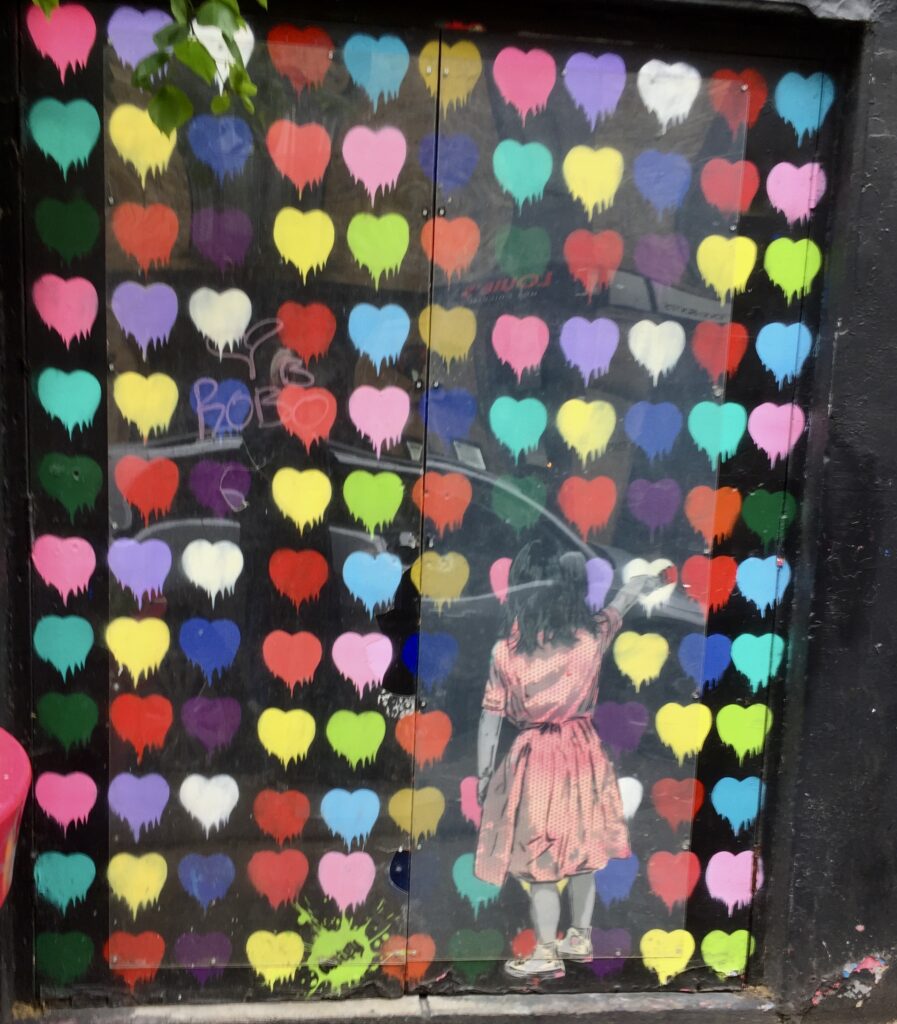
A few yards away is another work by the same artist but I can’t quite make out the signature …
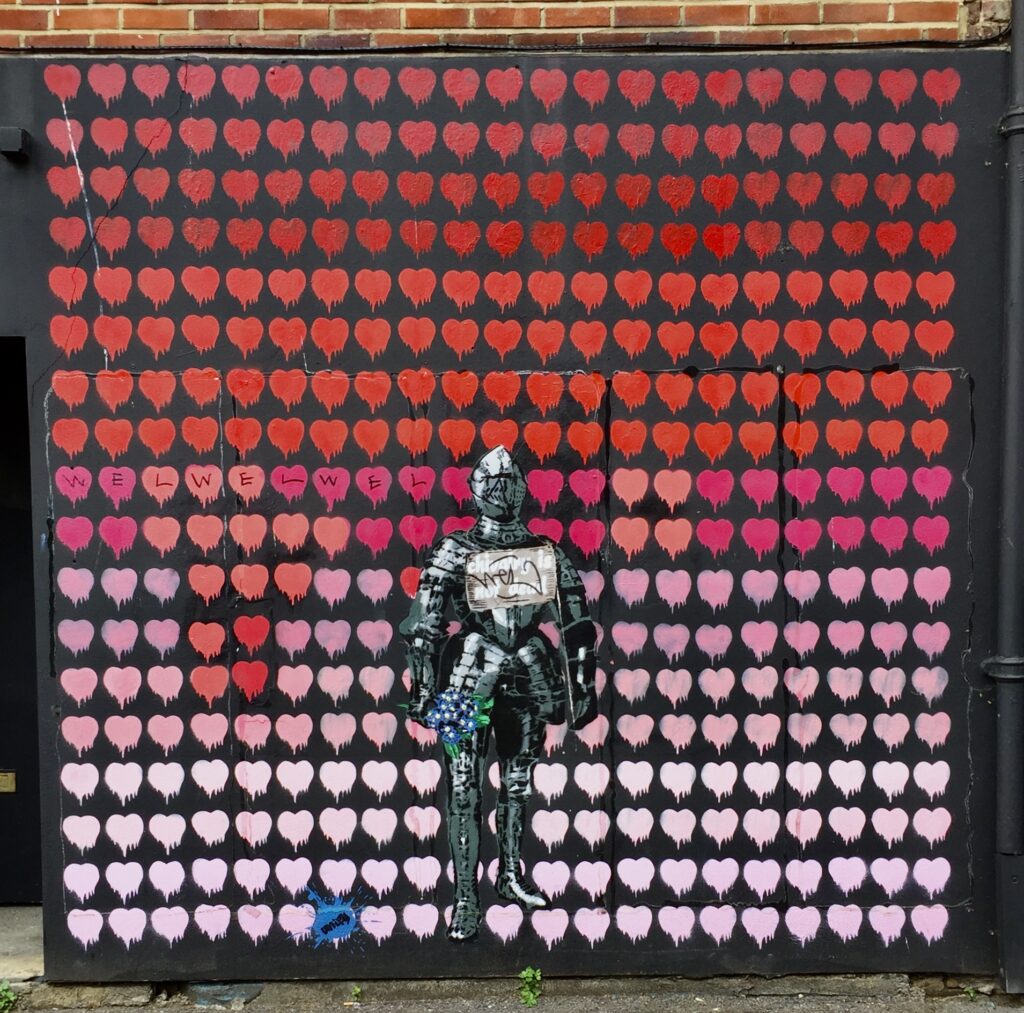
Keep walking north and check out this beautiful little garden, created in memory of Khadija Saye who, along with her mother, Mary Mendy, was tragically killed in the Grenfell Tower fire …

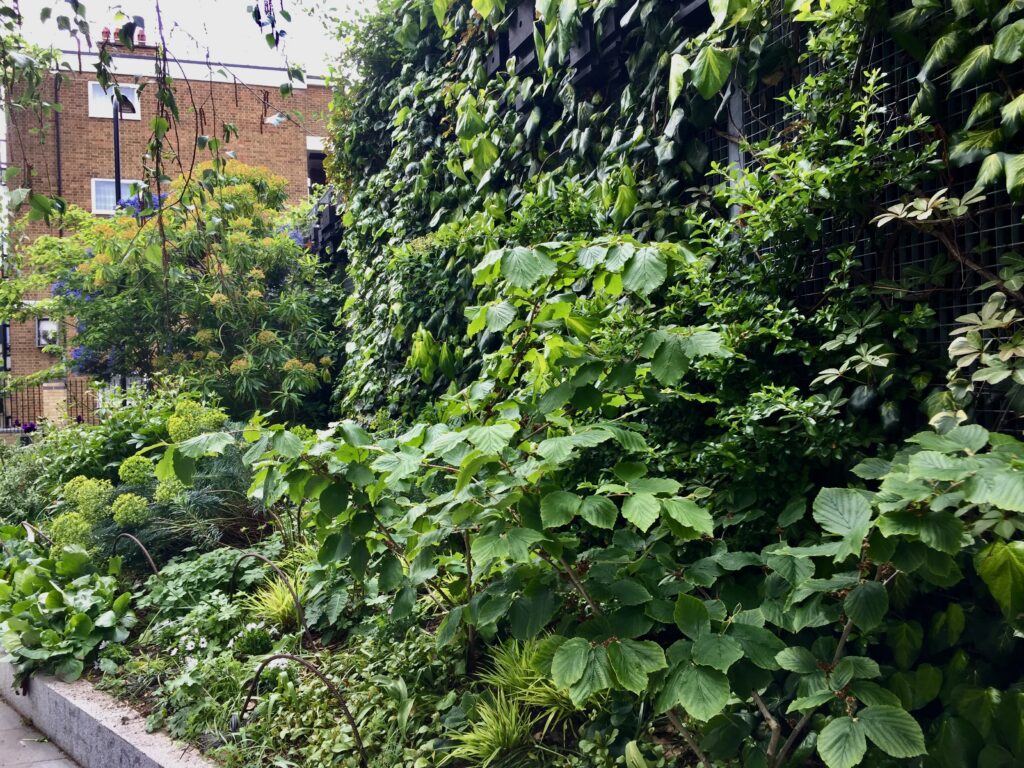
I wonder how much longer these old business premises will remain untouched. The firm was run by the wonderfully named Lazarus Lambert until it closed in 2002. ‘JFB 1892’ is etched into the concrete brackets …

I like this retro local business sign. The store stocks ‘actually everything’ …
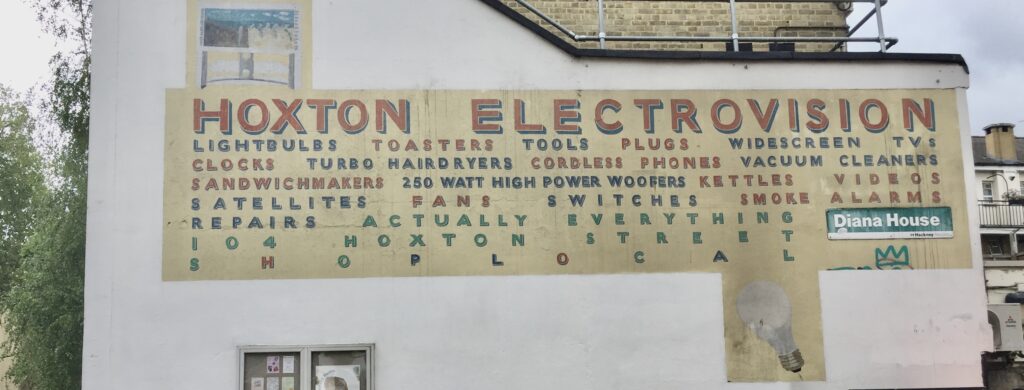
That’s all for now.
If you would like to follow me on Instagram here is the link …
